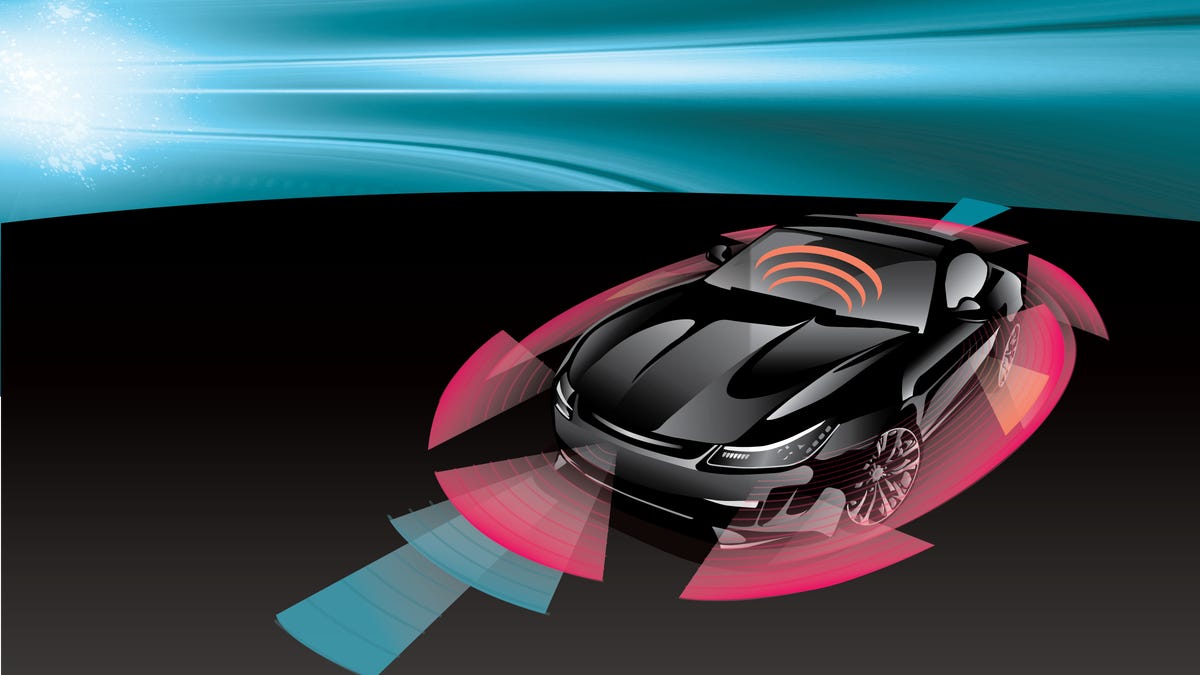TI focuses radar on the driver and on the road
New proximity-sensing radars from Texas Instruments could be used in car cabins, giving drivers gesture control and watching for asleep-at-the-wheel moments.

Texas Instruments' new line of automotive radar chips includes one that could sense what people are doing inside a car.
A new line of automotive radar sensors from Texas Instruments not only offers chips to watch for dangers on the road, but also includes a chip that can monitor the driver in the car. Its proximity-sensing short-range radar can detect when a person is in the car, and shows enough resolution for gesture control and monitoring driver attention.
Texas Instruments includes its AWR1443 radar sensor among a new line of very small radar chips tested for automotive quality, meaning they can endure vibration and temperature extremes. Other chips in the series identify objects from a car, up to 200 meters away, or in closer range, from 5 to 100 meters.
Automakers use radar sensors on cars to enable such driver assistance features as adaptive cruise control, which matches the speeds of slower traffic ahead, even down to a complete stop. Radar also enables collision prevention systems, which automatically apply the brakes when a car is about to hit an object. Self-driving cars under development usually include a combination of radar, camera and lidar sensors.
Sudipto Bose, director of marketing for automotive radar at Texas Instruments, points out that in-cabin radar offers a number of benefits. It can alert parents if they've left children in a car, and it can be used for gesture controls, which let drivers control navigation, phone and stereo with hand motions. This proximity radar could also identify if a driver's attention is not focused out the windshield.
This proximity radar is similar to that announced by Infineon last year as part of Google's Project Soli. With Soli, Google envisions using small radar sensors to control personal electronics, such as a phone, through gestures.
BMW, using a camera-based system, pioneered gesture control in its cars, currently making it available in both the 7-series and 5-series sedans. The automaker also demonstrated a concept gesture control called HoloActive Touch during CES this year.
If automakers take Texas Instruments up on its new radar sensors, a production vehicle with radar-based gesture control would still be two to five years away.
Detroit Auto Show 2017: Everything that happened at the biggest car show of the year.
Favorite concept cars at the 2017 Detroit Auto Show: The auto industry's coolest moonshots.

